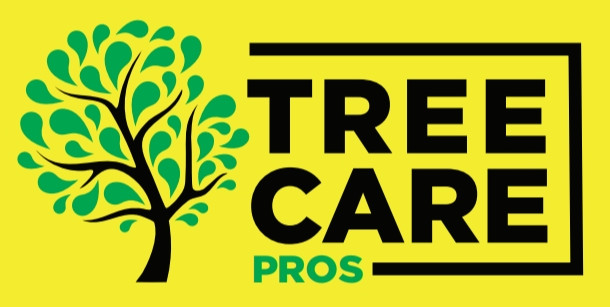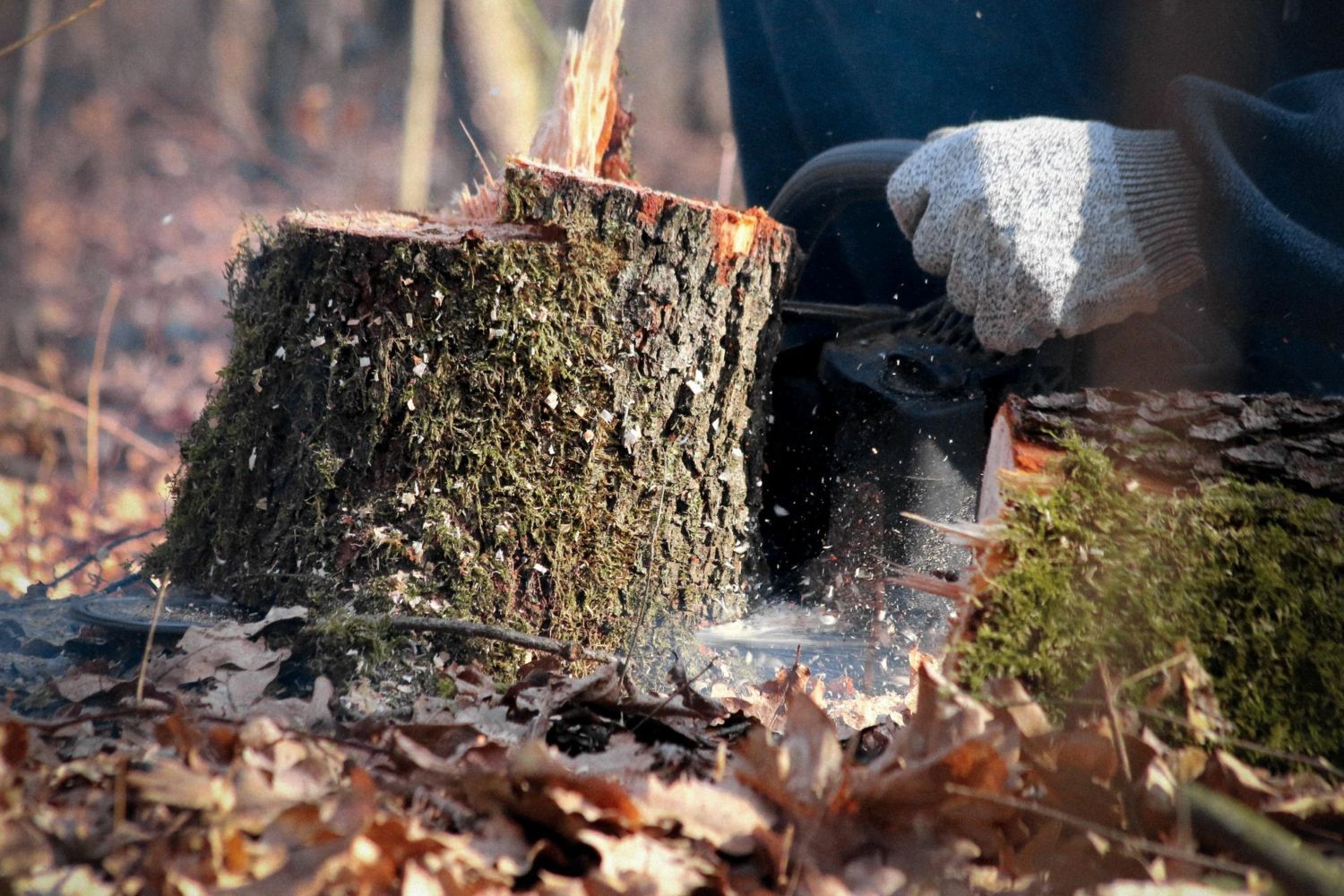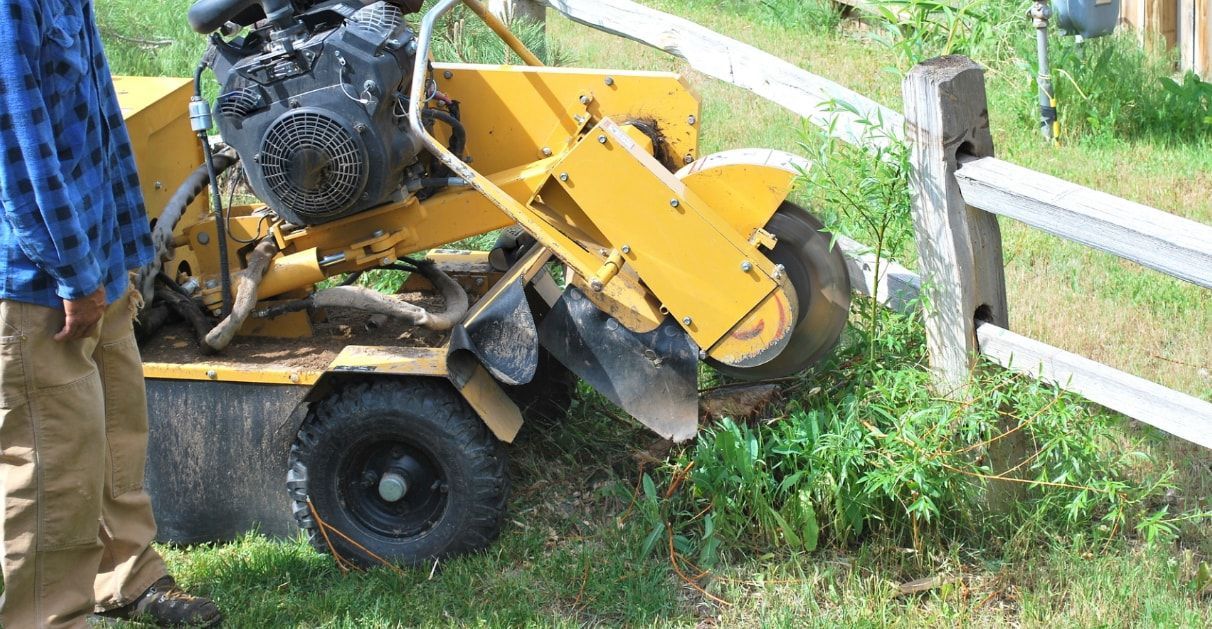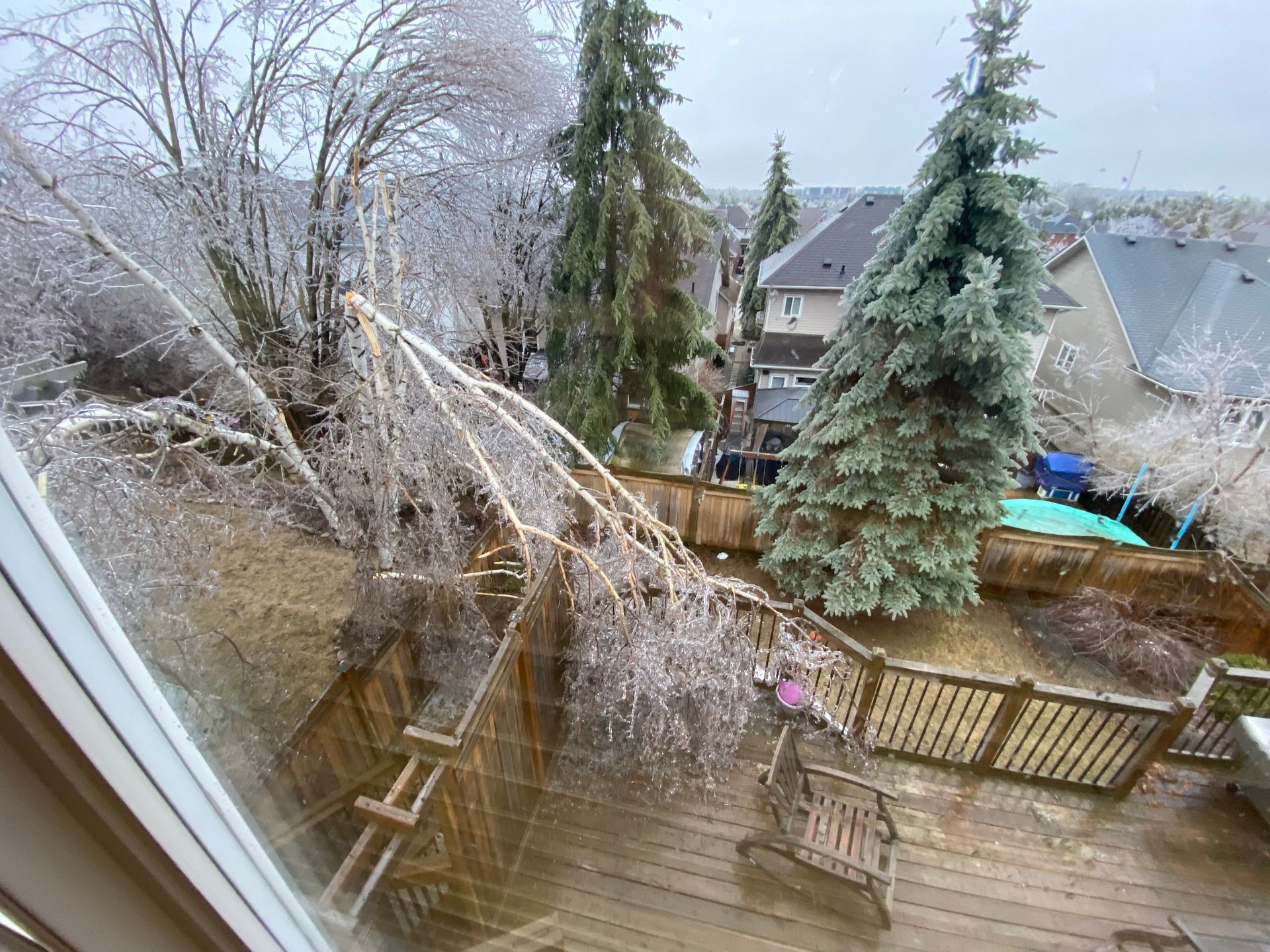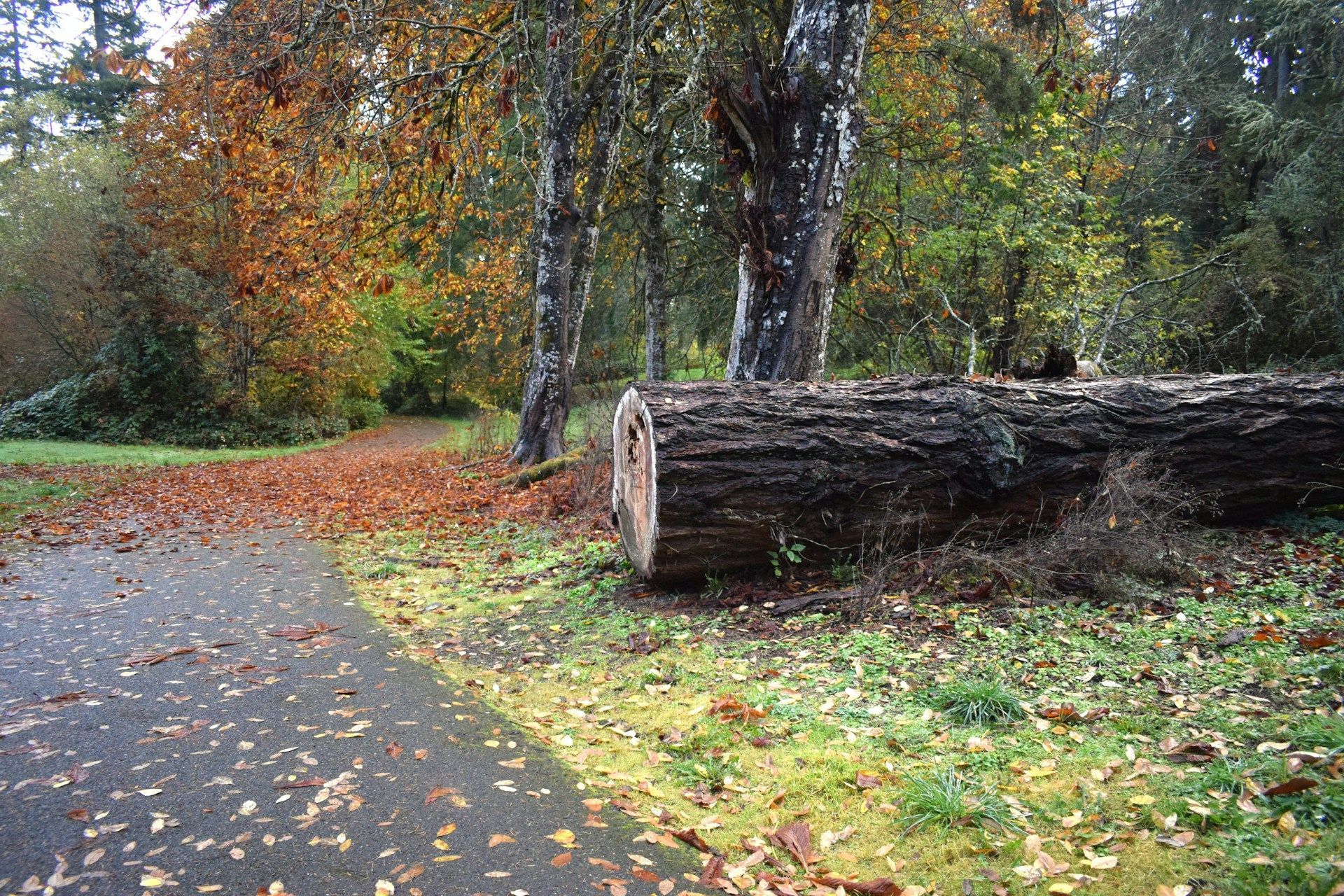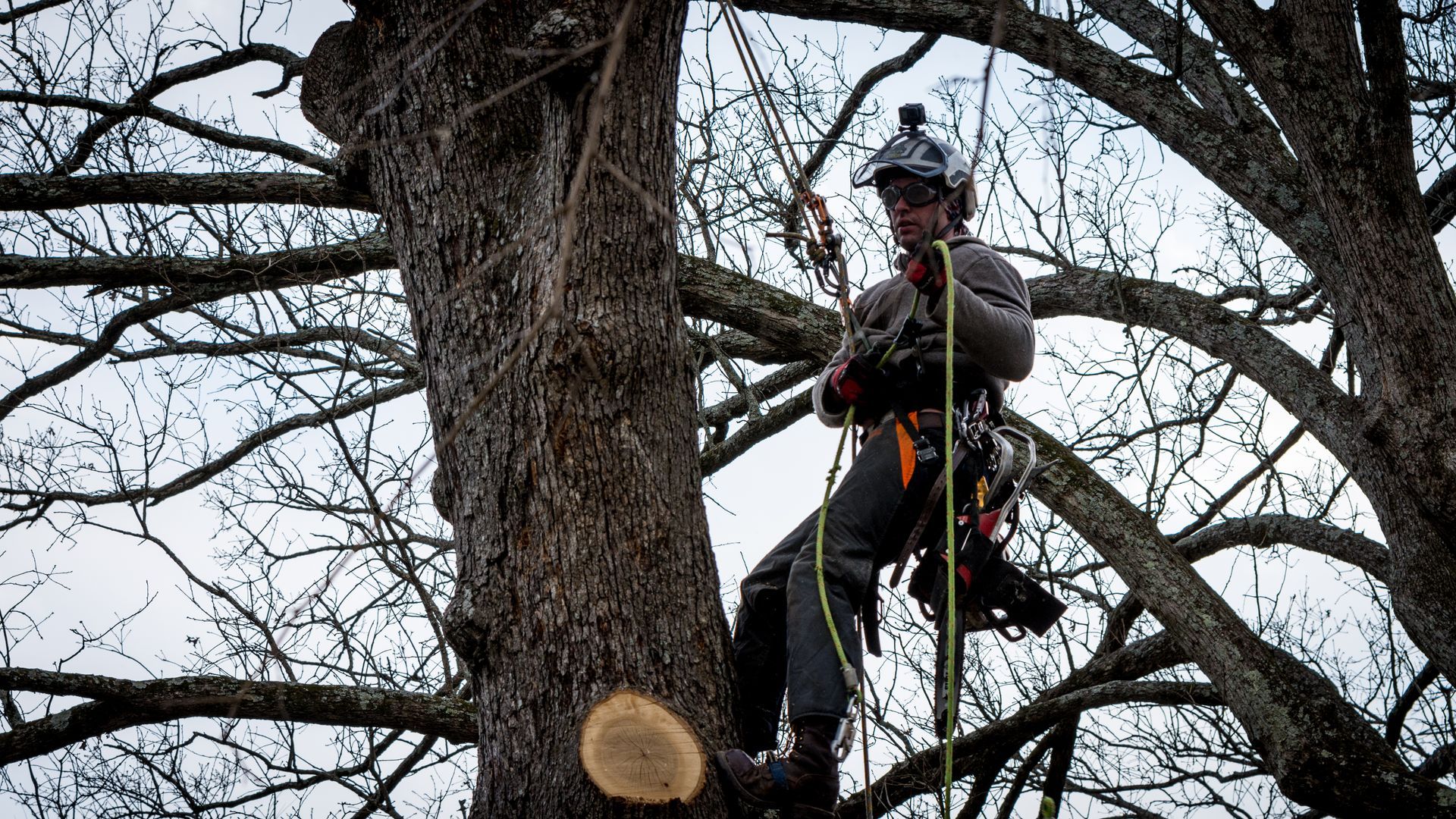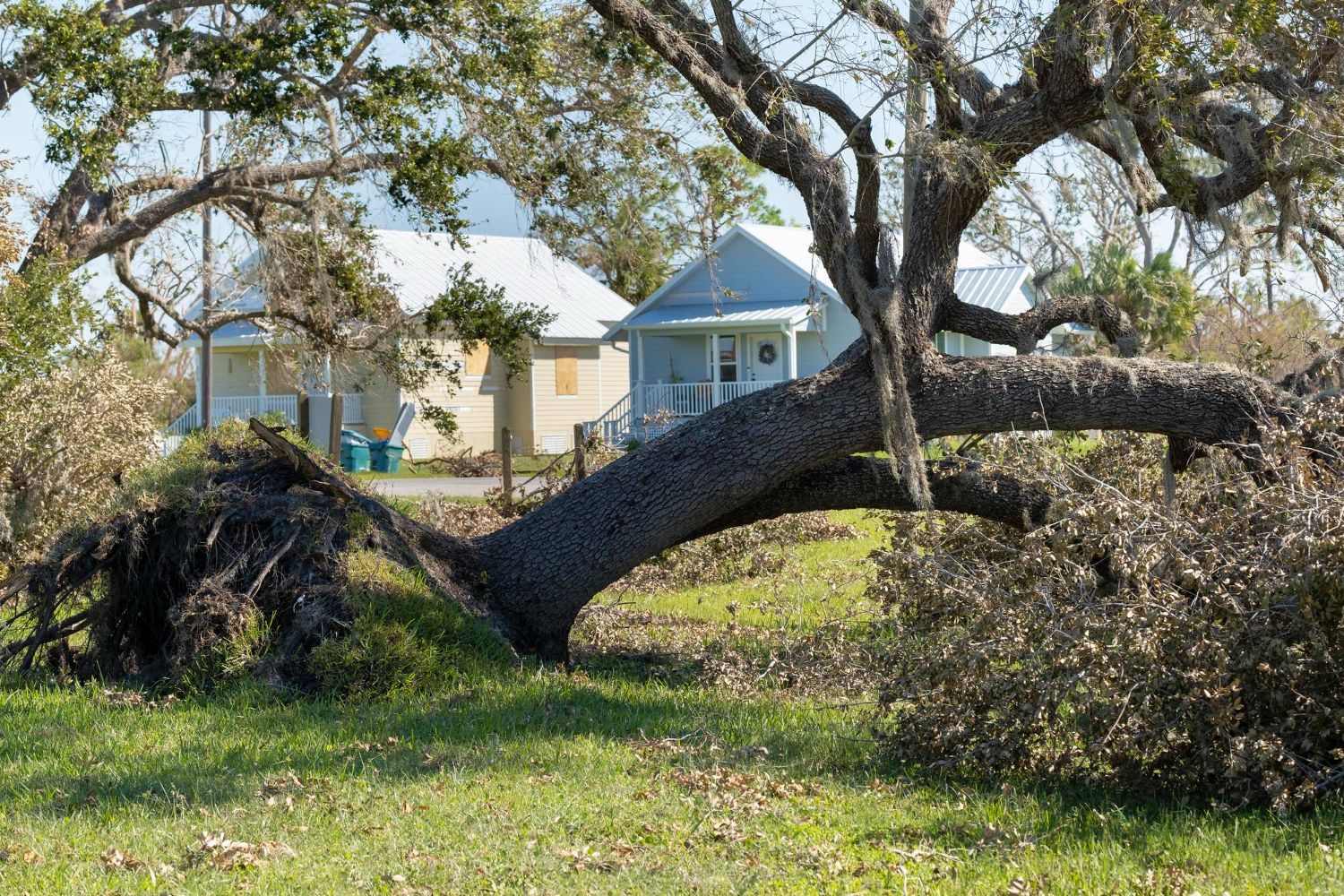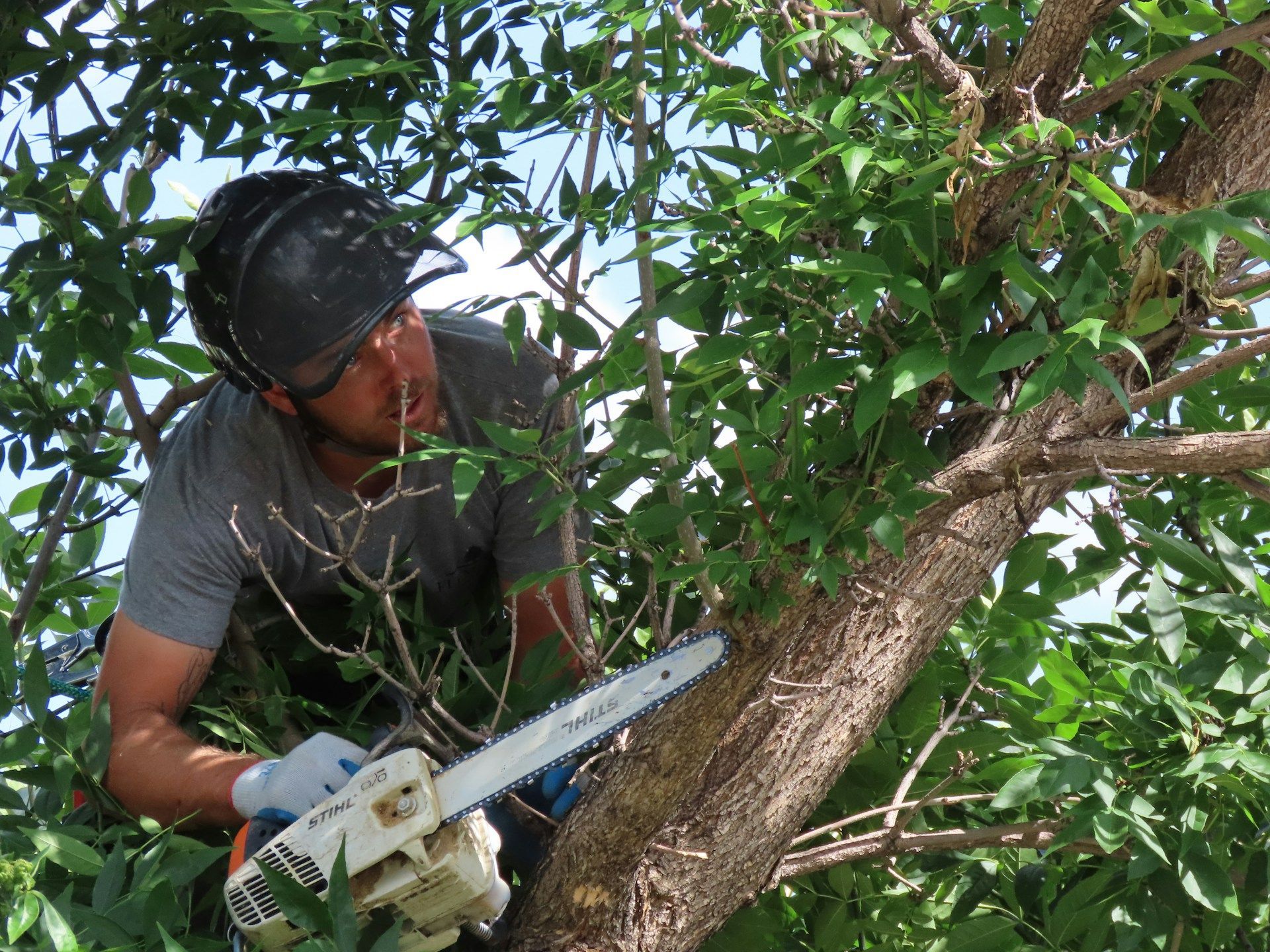Winter Tree Pruning: Essential Tips and Guides
Winter might seem like the time when everything outside goes quiet, but it's actually the perfect time to give your trees some attention. Pruning during winter offers many benefits, helping your trees grow stronger and stay healthy. Without leaves in the way, it’s easier to see a tree’s structure so you can prune them well.
Pruning helps remove dead or weakened branches, which might break under heavy snow and ice. It also encourages new growth when spring arrives. Taking care of your trees in winter sets them up for a healthy year ahead. This care not only boosts their health but also enhances the beauty of your yard.
Understanding why winter pruning is essential can lead to better tree care practices. It's a great opportunity to learn about your trees and ensure they remain a vibrant part of your landscape. Let's explore why picking up those pruning shears during the colder months can make such a big difference for your trees.
Understanding the Benefits of Winter Pruning
Winter pruning offers several benefits that make it an ideal time to trim trees. Since trees are dormant in the winter, they're less active, which helps avoid stressing them with cuts. This dormancy means the sap flow is reduced, decreasing the risk of sap bleeding and preserving the tree's energy. Pruning in winter allows you to shape trees without interfering with their growth processes.
One major benefit is visibility. With leaves off the branches, it's easier to see the tree's structure, allowing for better decision-making on which branches to cut. This clarity helps you identify dead, diseased, or crossing branches that hinder healthy growth. Removing these parts in winter prepares the tree for vigorous growth in the spring.
Winter pruning also decreases the chance of pest infestations. Many pests are inactive when temperatures drop. By pruning during this time, you reduce the likelihood of attracting insects that are prone to cause harm when warm weather returns.
Additionally, winter pruning helps prevent the spread of certain diseases. Many tree diseases spread easily when conditions are moist and warm. Pruning in winter reduces the risk of infection, contributing to the overall health of the tree. This timing is particularly beneficial for fruit trees, helping to maximize their yield in the next growing season.
Common Mistakes to Avoid When Pruning in Winter
Pruning trees in winter has advantages, but mistakes can happen if you're not careful. Here are some common errors to avoid to ensure efficient and safe pruning:
1. Pruning Too Late: Timing is important. Avoid pruning too late in winter as it can disrupt the tree’s readiness for spring growth. Aim for mid to late winter when the tree is firmly dormant.
2. Cutting the Wrong Branches: It’s easy to misjudge when branches lack leaves. Ensure you only remove dead, diseased, or crossing branches, leaving the main structure intact.
3. Over-Pruning: Removing too many branches weakens the tree. Limit cuts to about 25% of the tree’s branches to maintain its strength and health.
4. Ignoring Tool Maintenance: Dull blades make messy, damaging cuts. Sharpen and clean your pruning tools before starting to ensure clean cuts that heal quickly.
5. Not Considering the Tree Species: Each species has its own needs. Some trees may not benefit from winter pruning; research or consult an expert to understand the specific requirements.
Avoid these errors to maintain a healthy, attractive tree. Careful and informed pruning helps you fully reap the benefits of winter pruning, ensuring your trees are ready for a flourishing spring.
Step-by-Step Guide to Pruning Trees in Winter
Pruning trees in winter can seem complicated, but a step-by-step approach makes it easy. Follow these simple steps to ensure your trees receive the best care:
1. Assess the Tree: Start by observing the tree's overall health and identifying branches that need removal. Look for dead, damaged, or diseased branches. Also, locate any that cross or impede others.
2. Plan Your Cuts: Decide which branches will be cut back. Mark them if needed, so you don’t forget during the process. Prioritize branches that could harm the tree’s health or shape.
3. Gather Your Tools: Ensure you have all necessary tools ready and in good condition. This might include pruning shears, loppers, and a small saw for larger branches.
4. Begin Pruning from the Top Down: Start at the top of the tree and work your way down. This method helps maintain the tree’s natural shape and balance as you remove branches.
5. Make Clean Cuts: For healthy healing, make cuts at a slight angle just above the branch collar (the swollen area where the branch meets the trunk). Clean cuts promote quicker recovery and reduce disease risks.
6. Remove Debris: Once pruning is complete, clear all debris from the ground. This keeps your yard tidy and eliminates pest habitats.
Following these steps ensures effective winter pruning and sets your trees up for healthy growth in spring.
Tools and Safety Tips for Effective Pruning
Having the right tools and knowing safety tips is key to effective pruning. Safety should always be a top priority when working with sharp tools and climbing ladders. Here’s what you need:
Essential Tools:
- Pruning Shears: Ideal for small branches up to 2.5 cm thick. Choose a sharp, high-quality pair.
- Loppers: For medium-sized branches, loppers provide the leverage needed to make clean cuts.
- Pruning Saw: These are handy for larger branches that shears and loppers can't handle.
- Ladder: Ensure it's sturdy if working on taller trees. Always position it on a stable surface.
Safety Tips:
- Wear Protective Gear: Use gloves to protect your hands and safety goggles for eye protection.
- Check Conditions: Prune in dry weather to prevent slipping and to keep tools from rusting.
- Mind Your Surroundings: Be aware of power lines and other structures around your tree.
- Work with a Partner: Having someone to assist can provide extra safety, especially when using ladders.
By following these tool and safety guidelines, you ensure your pruning project is both efficient and safe, protecting yourself and your trees.
Conclusion
Pruning trees in winter is a beneficial practice that keeps trees healthy and vibrant. By understanding the advantages, avoiding common mistakes, following a structured guide, and using proper tools, you enhance the vitality of your trees. Pruning in this dormant season helps you tackle potential issues ahead, ensuring your trees grow stronger when spring arrives.
At Barrie Tree Care Pros, we understand the importance of maintaining your trees' health through all seasons. Winter is a great time to prune, as it helps shape and strengthen trees for the future. As you care for your landscape, consider scheduling regular maintenance and inspections to keep your property safe and beautiful.
If you’re looking to take advantage of winter pruning benefits, reach out to Barrie Tree Care Pros. Our knowledgeable team can help you preserve the beauty and health of your trees, ensuring safety and prosperity for your landscape. Winter is the ideal time to address any concerns, and we're here to assist with everything you need for effective tree care. Contact us for tree pruning services to learn more about how we can support your outdoor space.
